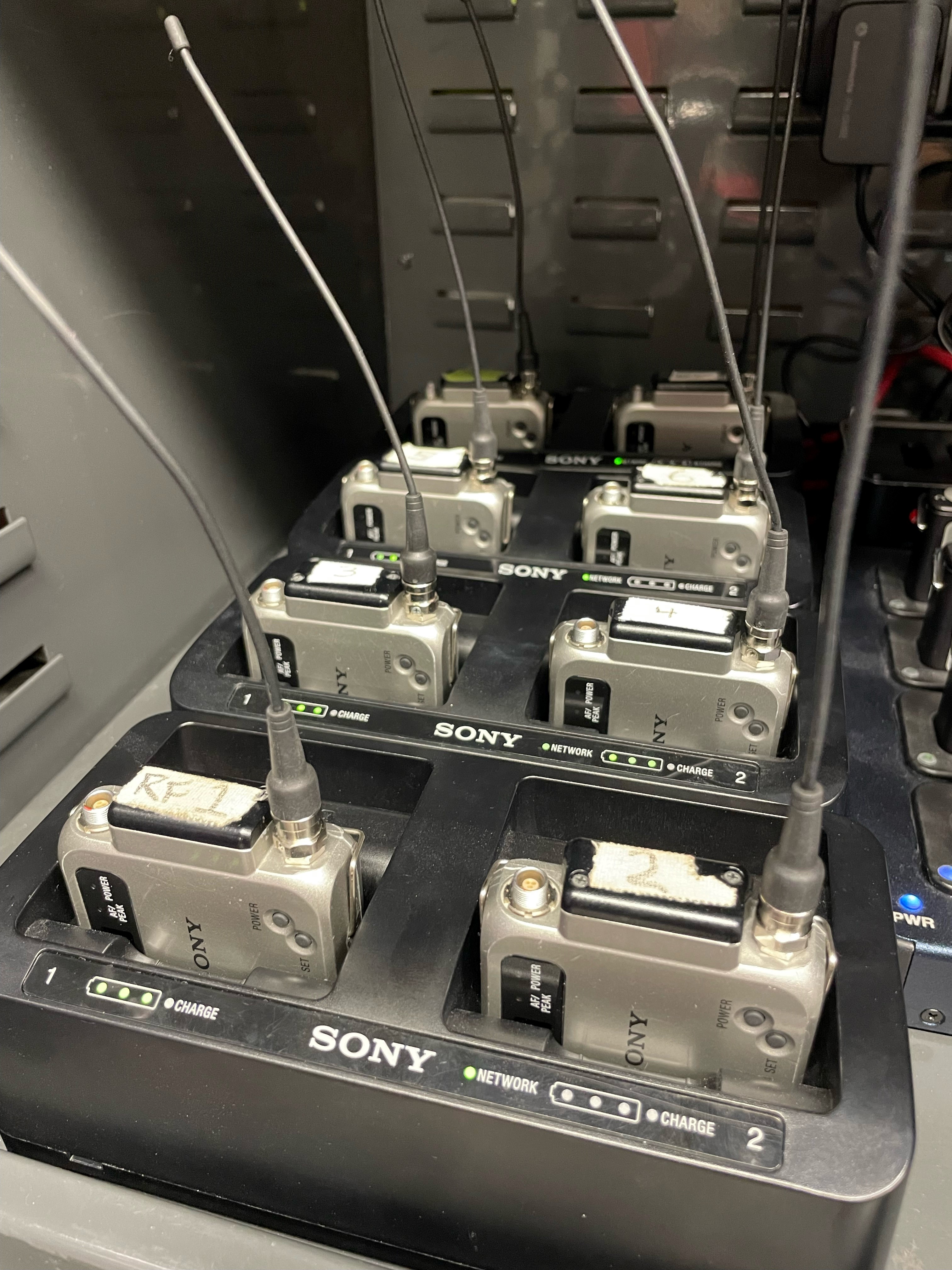SNY Covers All the Bases With Sony Digital Wireless Audio
Since 2016, we’ve been all Sony digital wireless

(Image credit: SNY)
NEW YORK—SNY is a multiplatform regional sports network and the television home of the New York Mets. Our productions include pre- and post-game shows, game highlights, sports talk shows, radio simulcasts, plus additional Mets entertainment programming airing throughout the year on our broadcast channel, streaming and our social media channels.
Audio is such a key part of making sports video exciting and since we converted to digital wireless microphone technology—specifically the Sony DWX series—our productions have become easier to set up and manage.
That flexibility is a main contributor to helping us produce such a range of diverse content, and it’s also a huge shift from using wired microphones and even the early days of analog wireless. Once we moved to Sony technology—first analog and then digital wireless—we’ve never encountered any issues. Since 2016, we’ve been all Sony digital wireless. It’s the way of the future for us, especially considering our all-digital workflow from our newer consoles to Dante interfaces with our overall communications system.
Sony DWX Wireless
SNY has a full Sony audio solution from the mic head all the way through including a DWR-R03D dual channel receiver. We also have 16 Sony DWX wireless beltpacks (DWT-B03R) and all are in use seven days a week. The number of packs used on a typical show is four, but we’ve had up to eight going at the same time and if both our studios are in use, it could be all 16 at once. In addition, we use Sony’s ECM-90 and ECM-77 lavalier mics.
We like the sound quality and the noise rejection, plus the elements are really perceptive to everything we do. I’ve had talent raise concerns about issues like scratching or hair falling onto the mics, which is always scary for live audio. But these Sony mics avoid those problems by being really good at rejecting noise, according to SNY’s lead audio engineer Adam Young.
The compact size of the packs are the smallest I’ve seen compared to other top microphones. The size alone has made our work easier, and the talent certainly appreciates the added mobility and flexibility.
Often, talent might wear clothing that makes it harder to attach a bigger microphone pack and keep it on if they are moving around the studio quite a bit. The small Sony micro packs make it easy for our A-2s to clip on and not have to worry about a big burden of weight on the talent’s back.
The professional video industry's #1 source for news, trends and product and tech information. Sign up below.
The Wireless Studio
Show set-up and management is easier and faster, especially with features like Cross Remote and the Wireless Studio software.
Most other wireless microphone systems are unidirectional—the beltpack transmits audio, battery level and that’s about it. With Sony you can actually send commands to the beltpack that the talent is wearing and change the microphone gain. You can go from low or medium to high power and do a clear channel scan without going to the beltpack manually—it’s all done remotely.
If we ever notice we are having frequency issues—which is extremely rare—the Sony transmitters make it easy to do a clear scan and pick up a clear frequency immediately. The system is user-friendly in the sense that if such a problem were to arise, it’s an easy fix—you literally just click a button, hold it and everything pairs really fast.
With this system, we can take comfort knowing we are getting a high-quality signal and good battery life just by looking at the Wireless Studio software. It gives us “an extra hand” to deal with the usual challenges that always pop up.
We’re doing live television, and nothing goes wrong until you’re absolutely live. But this system gives us peace of mind in every sense.
More information is available at https://pro.sony.
Alex Blanding has worked at SportsNet NY for more than 15 years, responsible for all aspects of the network’s sports programming, from broadcast television design and integration to technical operation and management.

